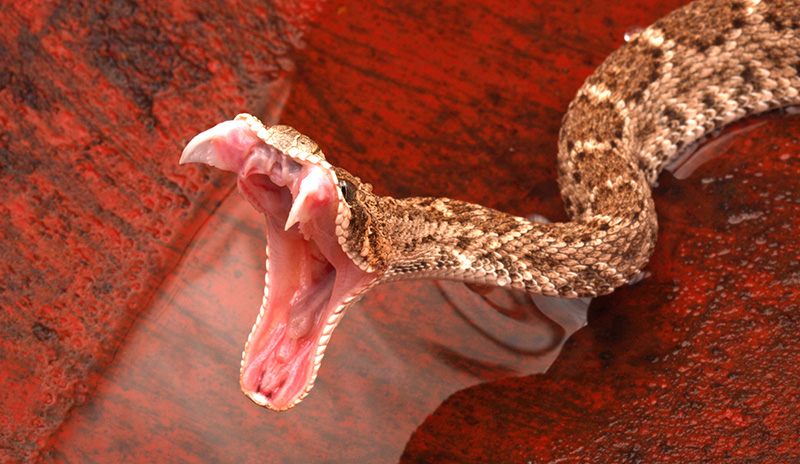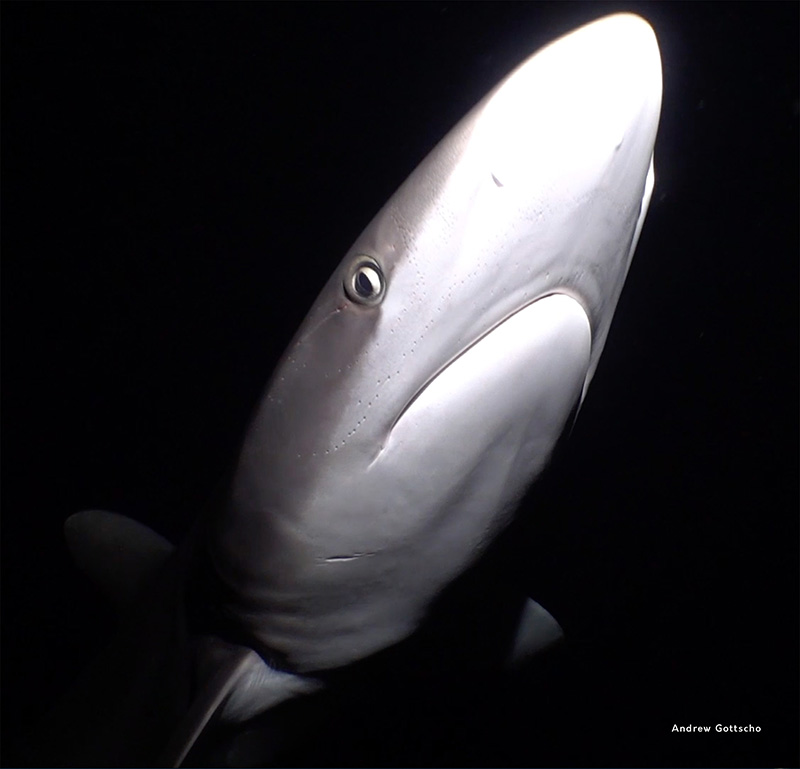Adaptations for Catching Prey
 Some predators like snakes use infrared vision to "see" the body heat of their prey.
Mammals and birds are endothermic, and our bodies generate heat. Some snakes including
vipers, pythons and boas have pits in their faces that detect body warmth. These pits
contain special proteins (TRPA1) which are the same proteins we use to taste hot and
spicy things such as mustards, horse radish, or wasabi; but not chili peppers, which
are detected differently.
Some predators like snakes use infrared vision to "see" the body heat of their prey.
Mammals and birds are endothermic, and our bodies generate heat. Some snakes including
vipers, pythons and boas have pits in their faces that detect body warmth. These pits
contain special proteins (TRPA1) which are the same proteins we use to taste hot and
spicy things such as mustards, horse radish, or wasabi; but not chili peppers, which
are detected differently.
You may have heard of electric eels or rays—these incredible animals are able to generate
their own electricity to hunt prey! Sharks, a relative of the ray, cannot stun their
prey via shock, but they harness the power of electricity in another way. Sharks  and rays have specialized pits or pores in their noses called ampullae of Lorenzini.
These pores are full of a gel that can detect weak electric fields. How? All animal
cells are like little batteries as they have a separation of charge (e.g., positive
and negative ions) across their membranes—cells are more negatively charged within
relative to outside of themselves. When muscles contract, such as while breathing
or the continual beating of the heart, the electric field is amplified. Sharks use
the specialized gel in their noses to detect this change in electric field—thus they
can find prey in complete darkness, without smell, and when the prey is hidden beneath
the sand.
and rays have specialized pits or pores in their noses called ampullae of Lorenzini.
These pores are full of a gel that can detect weak electric fields. How? All animal
cells are like little batteries as they have a separation of charge (e.g., positive
and negative ions) across their membranes—cells are more negatively charged within
relative to outside of themselves. When muscles contract, such as while breathing
or the continual beating of the heart, the electric field is amplified. Sharks use
the specialized gel in their noses to detect this change in electric field—thus they
can find prey in complete darkness, without smell, and when the prey is hidden beneath
the sand.
Museum at Texas Tech University
-
Address
3301 4th Street, Lubbock, TX 79415 -
Phone
806.742.2490 -
Email
museum.texastech@ttu.edu
